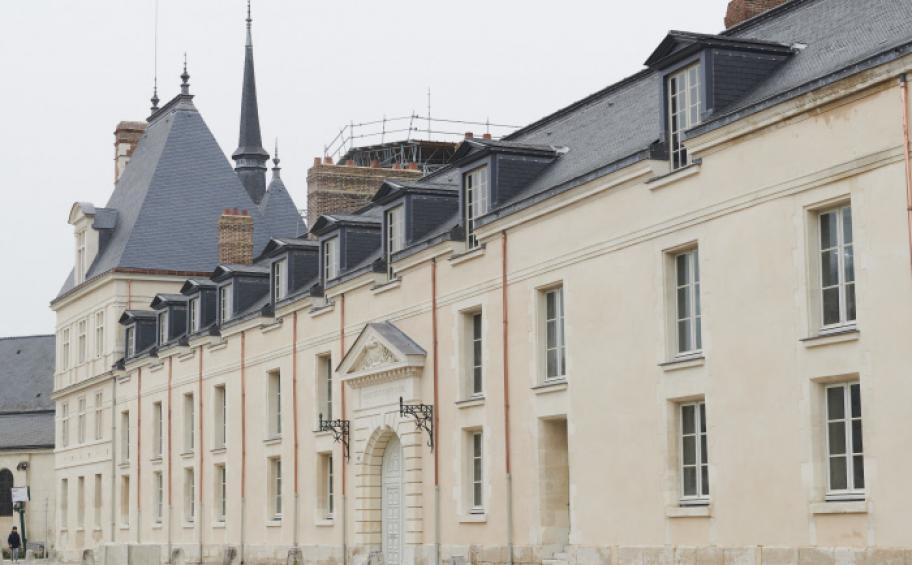Edifié entre 1528 et 1532, en tant que logis royal, ce château était affectionné par les rois de France, en particulier Henri II qui y chassait le cerf pendant sept ou huit heures d’affilée. Aussi, Villers-Cotterêts devient, lors des séjours de la cour, une sorte de capitale éphémère du royaume où la politique se décide.
En 1539, François Ier y signe une ordonnance historique pour, entre autres, imposer le français dans les actes administratifs et juridiques, l’ordonnance dite de Villers-Cotterêts. En 1558, Henri II y signe les lois de l'Auld Alliance, traité d'alliance entre les royaumes de France, d'Écosse et de Norvège contre le royaume d'Angleterre. À la fin du XIXe siècle, le château est transformé en maison de retraite, fonction qu’il conserve jusqu’en 2014. Puis, l’édifice est laissé à l'abandon et fermé au public, l’escalier d’honneur à caissons, la chapelle et l’escalier du roi ayant été jugés dangereux.
En 2018, le président de la République Emmanuel Macron décide d'en faire une Cité internationale de la langue française. Placée sous la tutelle du Centre des monuments nationaux, la Cité internationale de la langue française doit entrer entièrement en service au printemps 2023.
Quelques chiffres du chantier de restauration :
- 3 600 m2 de toiture à rénover, soit 265 000 ardoises
- 600 m3 de pierres de taille à mettre en œuvre pour les façades : 20 compagnons Pradeau Morin Monuments Historiques sont à l’œuvre pour réaliser les travaux de maçonnerie et les façades en pierre de taille.
- 280 fenêtres extérieures à restaurer
- 1 250 m2 de planchers anciens à réhabiliter
- près de 500 compagnons et ouvriers au plus fort du chantier
L’opération est organisée en quatre phases. La première, débutée en janvier 2020, comprend les travaux de curage et de démolition, la restauration des façades et des toitures, ainsi que l’exécution des reprises structurelles. La deuxième, entamée en septembre 2020, s’attache à la restauration des intérieurs, à l’aménagement scénographique ainsi qu’à la requalification des espaces extérieurs, notamment le jardin de la reine, situé à l’est du logis. La troisième, lancée en janvier 2021, concerne la restauration des façades et des toitures des trois ailes de la cour des Offices, ainsi que des cuisines et du séchoir. La quatrième consiste en la création d’une aire de stationnement aux abords du site.
Les équipes Pradeau Morin sont intervenues au cours des phases une et trois (façade ouest du logis, pavillon du Roi, façades du jeu de paume et bâtiment des ailes de la Cour des Offices).
Félicitations à nos équipes qui participent à la pérennisation de notre patrimoine culturel français et bon courage pour la dernière ligne droite !
Autre entité d’Eiffage impliquée : Eiffage Métal

